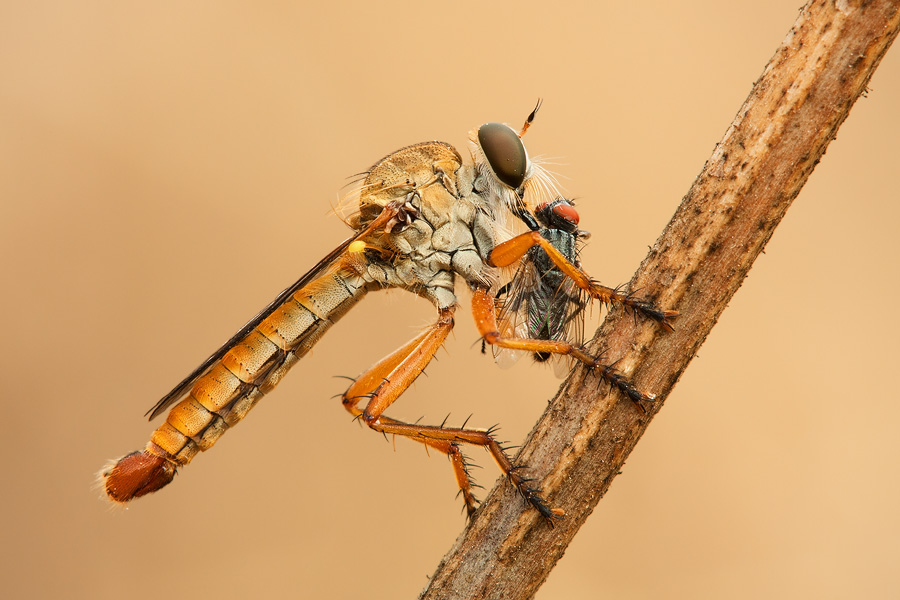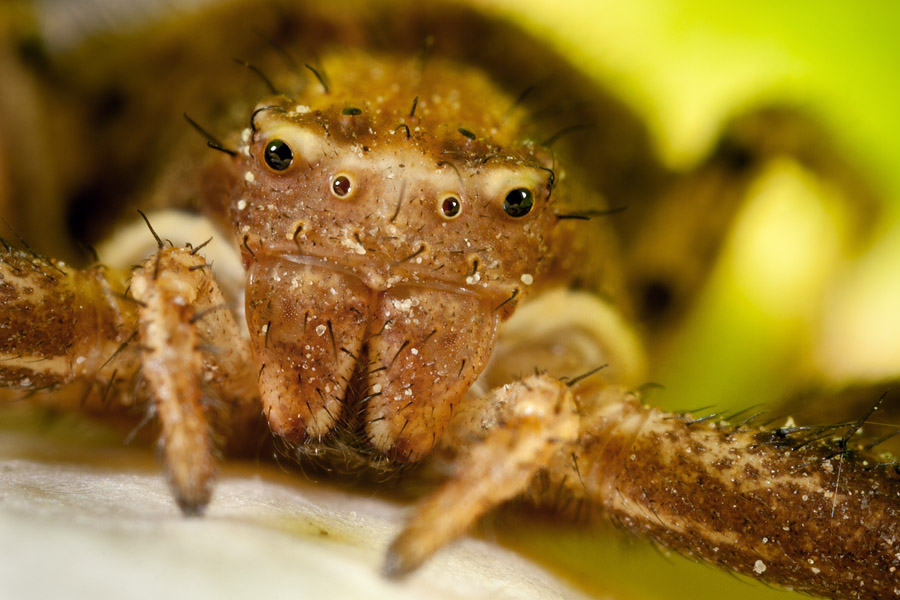Erez Marom Photography
Article: Dealing with the Bugs
Posted on 14th August, 2014 - Back to Blog Listings
Up until now, I've stated that when we shoot wildlife macro, many considerations have to be made as to image detail and background, in addition to making sure we shoot from a natural and personal point of view and maintain a balanced composition and sufficient depth of field. All of these considerations are important indeed, but none of them would matter without the ability to actually find a subject and be able to shoot it the way we want to. This article is devoted to the task of locating and handling macro subjects.
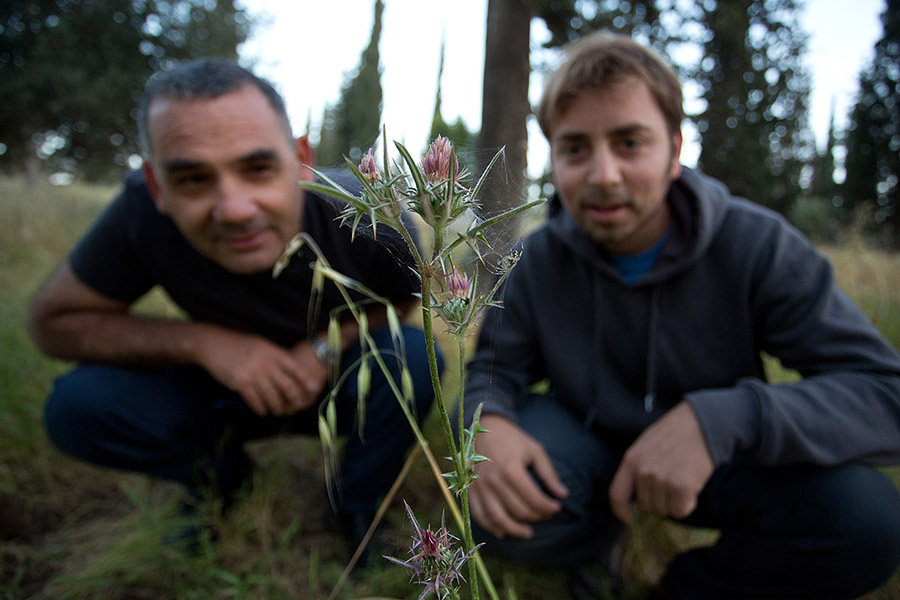
I'll talk about the most common subjects – arthropods, and especially insects and arachnids.
The arthropod world is virtually endless. With over a million recorded species (and this number is believed to be but a fraction of the actual variety), you can shoot ten different species every single day of your life and never get close to exhausting this unimaginable selection. Wildlife macro photographers love arthropods for their beauty, alien qualities and fascinating behaviors. Since insect activity depends on climate and time of year, which in turn varies greatly around the globe, I'll speak only about my personal experience in countries with a "normal" climate. By normal I mean that morning is chilly and midday is considerably warmer.
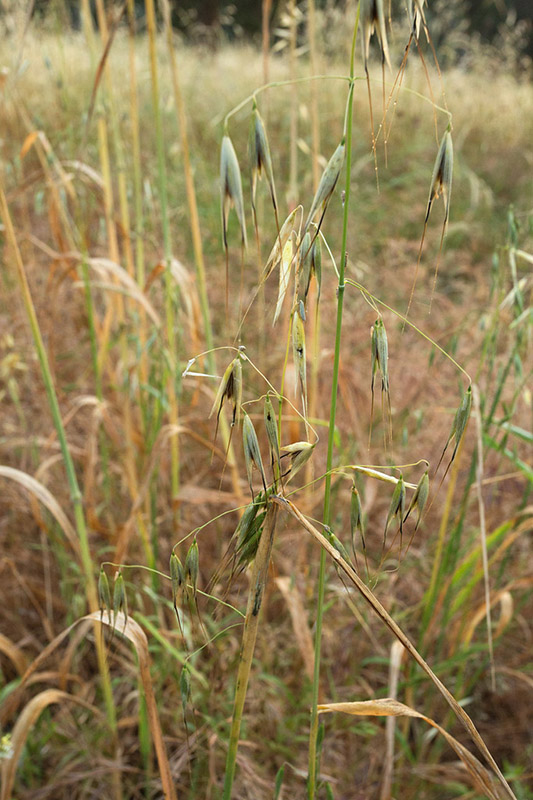
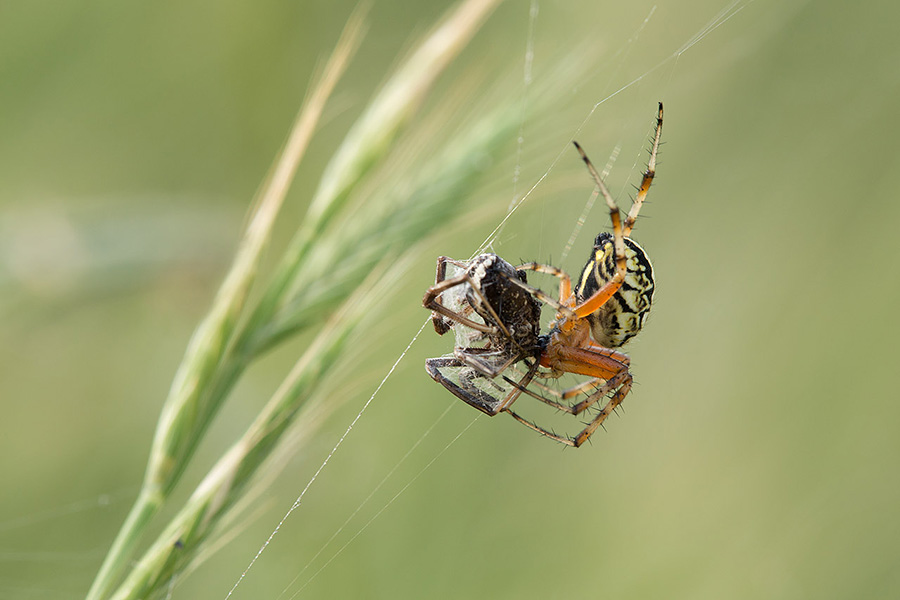
The first order of business is getting to know the best seasons of the year to find insects.
While there are insects year round in most habitats on earth, it is in springtime that the populations truly boom. Spring, in most species, is time for the adult stage to hatch from its cocoon, and start frantically looking for food and for a mate. The fields are absolutely packed with invertebrates of all species, flying, hunting, mating - doing everything we want them to do to catch an interesting shot. Later, in summertime, the insect numbers dwindle but there are still lots of subjects. In the fall and winter things are usually not as good, since most adult insects die out and the newborns are still in different larval stages. Still, there are plenty of subjects to be found even then.
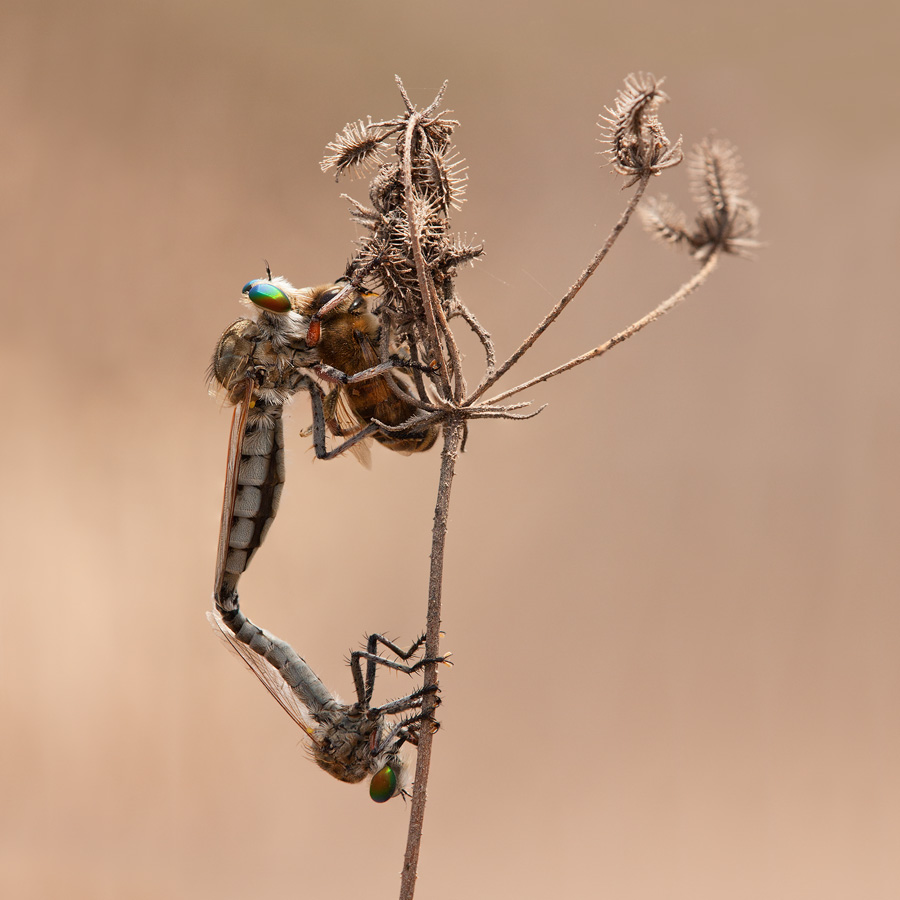
Next we want to know where to find invertebrates. One of the most common questions I get is about the best places for finding little critters. Luckily, and that's one of the best bonuses in macro, insects and other invertebrates are everywhere. From jungles to deserts, you can be sure they're there, and the more remote and wild the location – the higher the quantity and diversity. The best places are usually ones with damp earth and vegetation, and most importantly – water. I always recommend searching around lakes or in fields with low growth – these are the places with the most potential, and (equally importantly) the best possibilities to shoot conveniently. For example, a sunflower plantation isn't a very good choice, since it's too dense and the plants are too high, but a sparse anemone or poppy field will do just fine. A body of water with a field beside it is just perfect. Some insects (such as dragonflies) are only found close to water, since their larval stage is fully aquatic. On the other hand, some species of robber flies and mantises have no problem with a drier environment.
I’m sure you all know that you can write a hundred books on different species and where to find them. I’m no biologist, but these rules of thumb have guided me well and allowed me to locate great subjects.
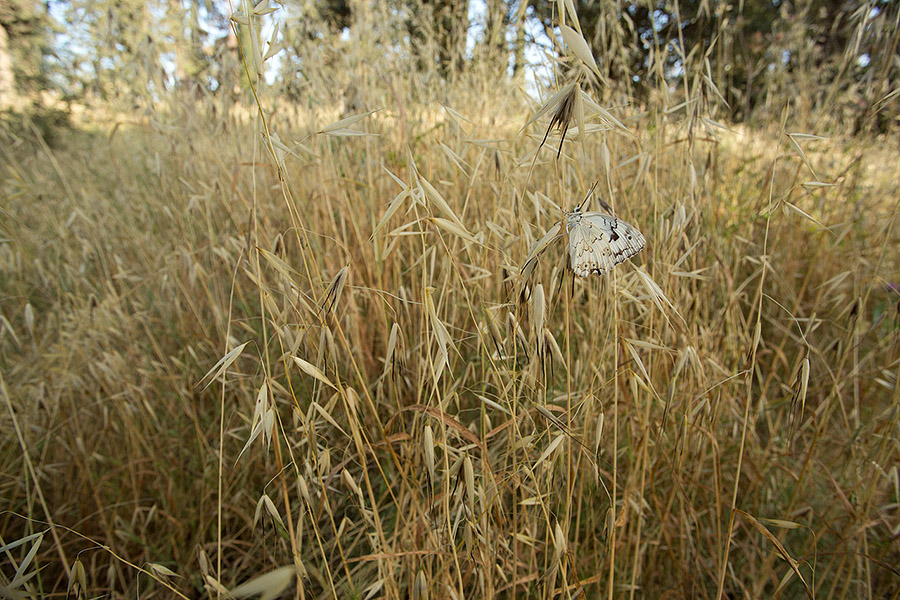
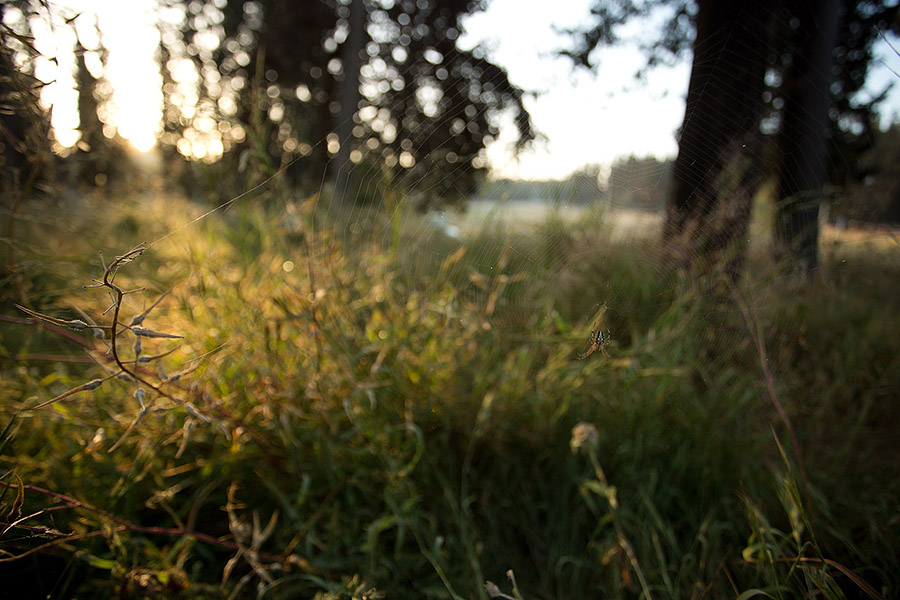
The next step is knowing what times of the day are best for locating and shooting invertebrates. This is a major consideration, perhaps the most important, since the time of day has a huge impact not only on subject activity, but on quality of light and even stability.
To be brief, the best time to shoot non-active arthropods is very early in the morning. We will return to morning shooting later in this series, but for now the important thing is that when it's cold enough, insects will move much less, not to mention fly away. Under such conditions, they are very easy to manipulate, reposition and shoot without any harm.
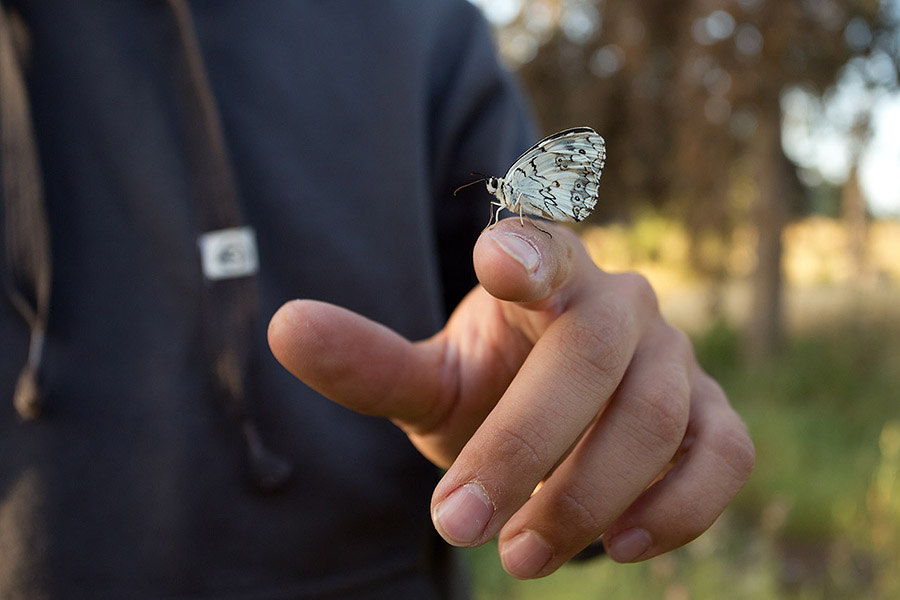
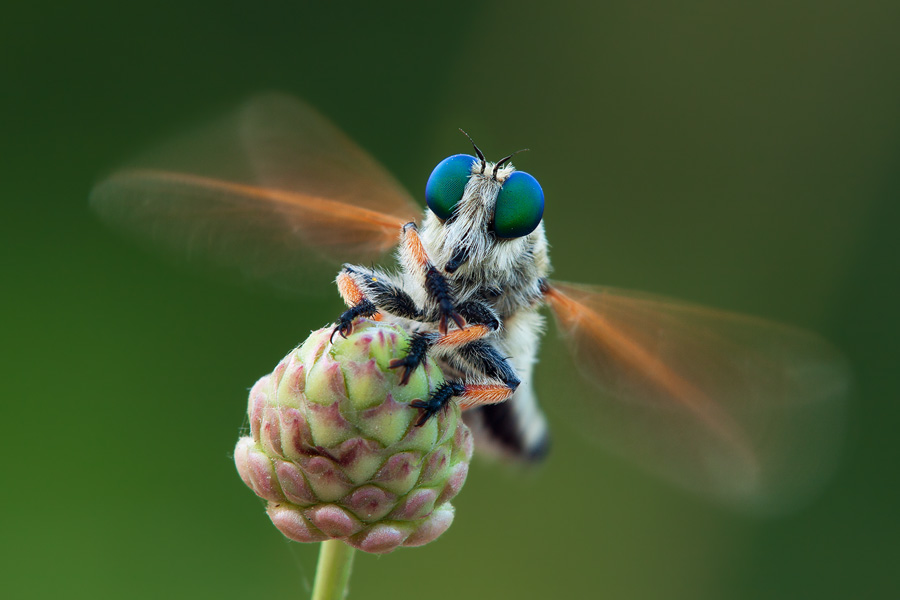
When insects are active – i.e. when it’s hot enough for them to have to energy to move around and fly – getting close enough to get a good shot is a different story altogether. Still, it’s possible. Insect’s eyes work differently to ours – though lacking fine detail, they are much more motion-sensitive. This means that making sharp movements close to an active insect will probably cause it to flee. Thus we need to move very slowly, allowing only slow-motion-like movements.
Another thing you should consider is the fact that insects’ eyes are ultra-sensitive to changes in light. This is logical, since a sudden shift from light to dark could mean a predator is approaching. If we make sure we approach them without casting a sudden shadow, we increase the chance of them staying for the shot.
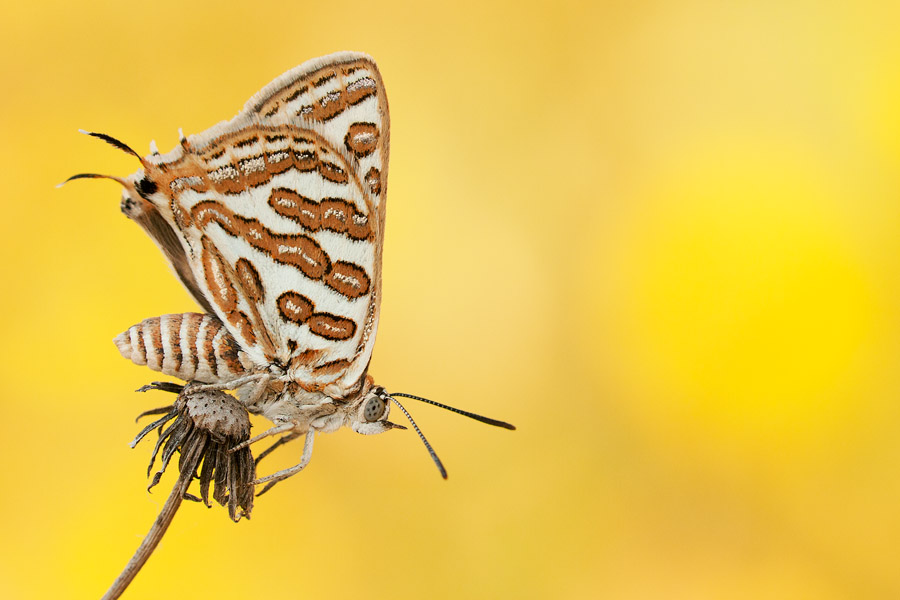
Finally, if one wants to get close to one’s subjects, one should better know when they are more probable to stay put. For example, a robber fly is less likely to fly away if it’s carrying prey. Also, a female spider will not run away from its egg sack, even if it means her life. Knowing these little details enables us to get as close as we want to the macro subjects, without hurting them.
